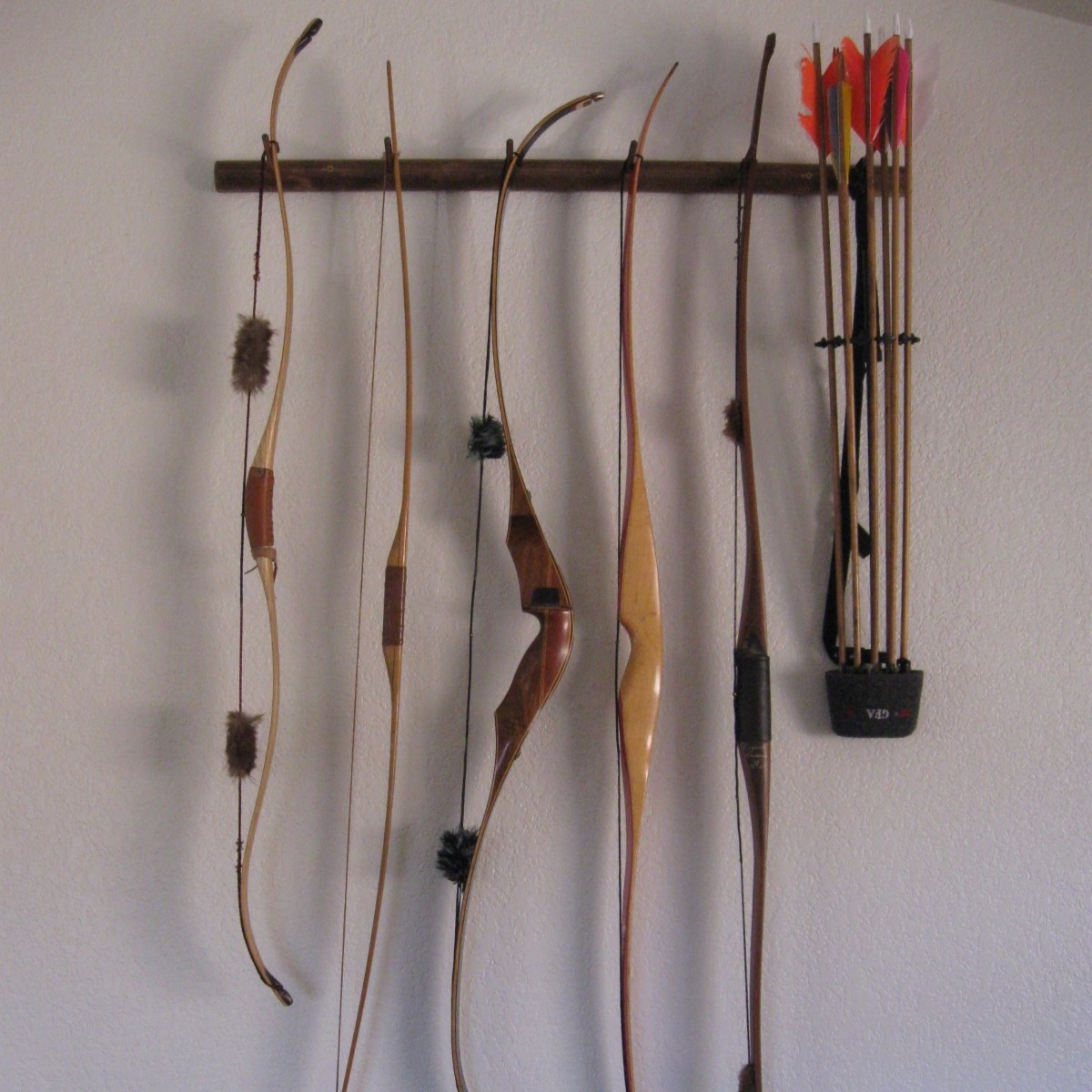

Articles
How To Store A Bow
Modified: February 22, 2024
Learn the best techniques for storing articles such as bows to maintain their quality and durability for future use. Discover expert tips and tricks to ensure proper preservation.
(Many of the links in this article redirect to a specific reviewed product. Your purchase of these products through affiliate links helps to generate commission for Storables.com, at no extra cost. Learn more)
Introduction
When it comes to archery, a bow is not just a piece of equipment; it is an extension of the archer’s skill and precision. Whether you’re a beginner or a seasoned veteran, properly storing your bow is essential to ensure its longevity and performance. A well-maintained bow will not only last longer but will also retain its accuracy and stability over time.
In this comprehensive guide, we will discuss the best practices for storing your bow. From gathering the necessary supplies to selecting an appropriate storage location, we will cover every aspect to ensure your bow is kept in optimal condition. So, let’s dive in and learn how to properly store a bow.
Key Takeaways:
- Properly storing a bow is essential for maintaining its longevity and performance. From gathering supplies to avoiding extreme temperatures, following these guidelines will ensure your bow remains in optimal condition.
- Regularly inspecting the bow for damage, avoiding excess weight or pressure, and following the manufacturer’s guidelines are crucial for preserving its structural integrity and performance. Adhering to these practices will ensure your bow serves you well for years to come.
Read more: How To Store Bow
Gather the Necessary Supplies
Before you begin the process of storing your bow, it’s important to gather the necessary supplies. This will help ensure that you have everything you need to protect and properly store your bow.
Here are some essential supplies you should have on hand:
- Bow Sock or Case: A bow sock or case provides cushioning and protection for your bow during storage. It helps prevent scratches, dings, and other damage that can occur when the bow is not in use.
- Bowstring Wax: Bowstring wax is used to keep the bowstring in good condition. Regularly applying wax to the bowstring helps prevent it from fraying and deteriorating over time.
- Silica Gel Packs: Silica gel packs absorb moisture and help keep the storage environment dry. These packs are especially useful if you live in a humid climate, as excess moisture can damage the bow.
- Allen Wrench Set: An Allen wrench set is useful for disassembling and adjusting certain types of bows. It is important to have the correct size Allen wrench for your specific bow.
- Soft Cloth: A soft cloth can be used to wipe down and clean the bow before storing it. It helps remove any dirt, debris, or sweat that may have accumulated on the bow.
By ensuring you have these necessary supplies on hand, you’ll be well-prepared to properly store your bow and keep it in optimal condition.
Select an Appropriate Storage Location
Choosing the right storage location for your bow is crucial in ensuring its safety and longevity. Here are some factors to consider when selecting an appropriate storage location:
- Temperature and Humidity: Ideally, the storage area should have a stable temperature and low humidity levels. Extreme temperatures and high humidity can cause damage to the bow, such as warping or splitting.
- Avoid Direct Sunlight: Exposure to direct sunlight can cause the bow’s materials to deteriorate over time. It’s best to store the bow in a cool, shaded area away from windows or direct sunlight.
- Secure and Dust-free Environment: The storage location should be secure and free from dust or debris that could potentially damage the bow. Consider using a storage cabinet or dedicated bow rack to keep the bow safe and protected.
- Accessibility: Ensure that the storage location is easily accessible so you can retrieve your bow when needed. It’s best to avoid stacking other items on top of the bow, as this can put unnecessary pressure on it.
- Child and Pet Safety: If there are children or pets in your household, choose a storage location that is out of their reach. This will help prevent any accidental damage or injury.
Consider these factors when selecting the storage location for your bow, and you’ll create an environment that promotes the longevity and performance of your bow.
Clean and Maintain the Bow
Properly cleaning and maintaining your bow is essential for its longevity and optimal performance. Here are some steps to follow:
- Inspect the bow for any dirt, debris, or residue. Use a soft cloth to gently wipe down the entire bow, including the limbs, riser, and bowstring. Be careful not to use any harsh chemicals or abrasive materials that could damage the bow.
- If the bowstring appears dirty or frayed, it may need to be replaced. Follow the manufacturer’s guidelines or consult a professional bow technician for guidance on replacing the bowstring.
- Regularly apply bowstring wax to the bowstring to keep it in good condition. This helps prevent fraying and increases its lifespan. Be sure to apply the wax evenly and follow the instructions provided by the wax manufacturer.
- Inspect the limbs and riser for any signs of damage or wear. Look for cracks, dents, or loose parts. If you notice any damage, it’s important to address it promptly to prevent further issues. Consult a professional bow technician if necessary.
- Check the bow’s hardware, such as screws and bolts, to ensure they are tight and secure. Use an Allen wrench if adjustments are needed, following the manufacturer’s guidelines.
- After cleaning and maintenance, store the bow in your chosen storage location. Use a bow sock or case to protect it from dust, scratches, and other potential damage.
By regularly cleaning and maintaining your bow, you’ll help prolong its lifespan and maintain its performance, ensuring that it is always ready for your next archery session.
Disassemble if Required
Disassembling your bow may be necessary for certain types of bows or specific storage situations. Here are some guidelines to follow when disassembling your bow:
- Refer to the manufacturer’s instructions: Different bows have different disassembly requirements. Consult the manufacturer’s instructions or contact their customer support for guidance on how to disassemble your specific bow.
- Remove any accessories: Before disassembling the bow, make sure to remove any accessories such as sights, stabilizers, or quivers. This will ensure that they don’t get damaged or interfere with the disassembly process.
- Follow the proper sequence: If your bow requires disassembly, be sure to follow the proper sequence recommended by the manufacturer. This may include loosening limb bolts or detaching specific parts in a specific order.
- Use the correct tools: Use the appropriate tools, such as an Allen wrench, to loosen or remove any bolts or screws. Ensure that you have the correct size tool to prevent damage to the bow or its components.
- Store disassembled parts securely: Once the bow is disassembled, ensure that you store the individual parts securely. Use separate compartments or containers to keep them organized and protected from damage.
It’s important to note that not all bows require disassembly for storage. Some bows, such as takedown recurve bows, are designed to be easily disassembled and reassembled. However, if you’re unsure about whether to disassemble your bow, it’s best to consult the manufacturer’s guidelines or seek advice from a professional bow technician.
By following the proper guidelines for disassembling your bow, when necessary, you can ensure that it is stored safely and ready for assembly when you’re ready to use it again.
Read more: How To Store Bows
Use a Bow Sock or Case for Protection
Using a bow sock or case is an essential step in protecting your bow during storage. Here’s why it’s important and how to do it:
A bow sock or case provides a layer of cushioning and protection for your bow, preventing scratches, dings, and other damage that can occur while the bow is not in use. It also helps keep the bow securely in place and prevents it from shifting or being jostled during transportation.
When selecting a bow sock or case, consider the size and type of your bow. Make sure it fits snugly and provides adequate protection for the entire bow, including the limbs, riser, and accessories.
Here are some tips for using a bow sock or case effectively:
- Ensure the bow is clean and dry before placing it in the sock or case. Use a soft cloth to wipe down the bow and remove any dirt or debris.
- Place the bow in the sock or case, making sure all parts are properly aligned and secured. If there are separate compartments or pockets, use them to organize accessories or small parts.
- Close or zip up the bow sock or case securely. Double-check that it is fastened tightly to prevent any accidental opening or movement during storage or transport.
- If using a hard case, consider adding additional padding, such as foam inserts, to provide extra protection for the bow.
- Store the bow sock or case in a safe and appropriate location, following the storage guidelines discussed earlier.
By using a bow sock or case, you can significantly minimize the risk of damage and ensure that your bow is well-protected during storage or transportation.
Store your bow in a cool, dry place away from direct sunlight and extreme temperatures. Use a bow case or bag to protect it from dust and damage. Loosen the bowstring to reduce tension when not in use.
Avoid Extreme Temperatures and Humidity
Protecting your bow from extreme temperatures and humidity is crucial in maintaining its condition. Here’s why it’s important and how to prevent damage:
Extreme temperatures, both hot and cold, can have detrimental effects on your bow. Excessive heat can cause the bow’s materials to warp or even melt, while extreme cold can make them brittle and prone to cracking. It’s important to store your bow in a location with a stable temperature to prevent these issues.
Humidity is another factor to consider. High humidity levels can cause the bow’s components to swell, leading to improper alignment and affecting its performance. On the other hand, low humidity can cause the bow to dry out and potentially lead to cracking or splitting.
To avoid damage from extreme temperatures and humidity, follow these guidelines:
- Choose a storage location with a stable temperature. Ideally, the temperature should be between 50°F (10°C) and 70°F (21°C).
- Avoid storing the bow in areas such as garages, attics, or basements where temperatures can fluctuate significantly.
- Use a dehumidifier or silica gel packs in the storage area to control humidity levels. These packs absorb moisture and help maintain a dry environment.
- Avoid placing the bow near heating vents, radiators, or any other heat sources.
- Consider using a climate-controlled storage unit or cabinet if you live in an area with extreme temperature or humidity variations.
By preventing exposure to extreme temperatures and humidity, you can preserve the integrity of your bow and ensure that it performs at its best for years to come.
Store the Bow Away from Moisture or Direct Sunlight
Properly storing your bow away from moisture and direct sunlight is essential to maintain its condition and prevent damage. Here’s why it’s important and how to do it:
Moisture can be detrimental to your bow’s materials, leading to warping, rusting, or other forms of deterioration. It’s important to keep your bow in a dry environment to prevent these issues.
Direct sunlight can also be harmful to your bow. Prolonged exposure to UV rays can cause the bow’s materials to weaken, fade, or even become brittle over time.
Follow these tips to store your bow away from moisture and direct sunlight:
- Choose a storage location that is dry and well-ventilated. Avoid areas with high humidity, such as basements or damp rooms.
- Use silica gel packs in the storage area to absorb any excess moisture and help maintain a dry environment.
- Keep your bow away from windows or any other sources of direct sunlight. If possible, use curtains or blinds to block out sunlight in the storage area.
- Consider using a bow case or cover that provides protection from moisture and sunlight.
- If you need to transport your bow, use a waterproof bow case or cover to shield it from rain or other sources of moisture.
By storing your bow in a cool and dry environment, away from moisture and direct sunlight, you’ll preserve its integrity and ensure it remains in top condition for your next archery session.
Check the Bow Regularly for Any Damage
Regularly inspecting your bow for any damage is crucial to catch any issues early on and prevent further damage or potential safety hazards. Here’s how to check your bow for damage:
- Inspect the limbs, riser, and other components of the bow for any cracks, dents, or signs of wear. Pay close attention to areas where stress is concentrated, such as limb pockets or cam systems.
- Check the bowstring for any fraying, unraveling, or loose strands. A damaged bowstring can affect accuracy, power, and potentially pose safety risks.
- Examine any screws, bolts, or other hardware on the bow to ensure they are tight and secure. Loose hardware can affect the bow’s performance and stability.
- If your bow has accessories attached, such as sights or stabilizers, inspect them for any damage or loose parts. Ensure they are properly aligned and secured.
- Look for any signs of excessive wear on the bow’s grip area or any other areas where your hand comes into contact with the bow. This could indicate the need for a grip replacement or repair.
If you notice any damage or issues during the inspection, it’s important to address them promptly. Depending on the extent and nature of the damage, you may need to take the following steps:
- Consult a professional bow technician if you’re unsure about the severity of the damage or how to properly address it.
- Replace or repair damaged components, such as limbs, strings, or accessories, following the manufacturer’s guidelines or seeking professional assistance.
- Ensure that any repairs or replacements are done by a qualified professional to ensure the bow’s safety and optimal performance.
By regularly checking your bow for any damage and addressing issues in a timely manner, you can prevent further damage, extend the lifespan of your bow, and ensure safe and enjoyable archery sessions.
Read more: How To Store A Compound Bow
Avoid any Weight or Pressure on the Bow
Protecting your bow from unnecessary weight or pressure is crucial to maintain its structure and performance. Here’s why it’s important and how to ensure you avoid any stress on the bow:
The materials used in bows, such as fiberglass, carbon fiber, or wood, are designed to withstand the forces experienced during archery activities. However, subjecting the bow to additional weight or pressure can cause damage and compromise its integrity.
Here are some tips to help you avoid any weight or pressure on the bow:
- When storing your bow, make sure it is placed in a secure position. Avoid stacking heavy objects on top of it or storing it in a location where it may be subjected to excessive weight.
- Do not lean or rest your bow against a wall or any other surface. This can put unnecessary pressure on the limbs or other components.
- During transportation, use a bow case or cover that provides padding and protection against external forces. Ensure that the case or bag is secured in a way that prevents it from being jostled or crushed.
- Avoid applying excessive force or pressure when stringing or unstringing your bow. Follow the manufacturer’s instructions or seek guidance from a professional to ensure you do it correctly without straining the bow.
- When handling the bow, use proper technique and avoid gripping it too tightly. Applying excessive hand pressure can put stress on the bow and affect its performance.
By being mindful of avoiding any weight or pressure on the bow, you can maintain the structure and functionality of the bow, allowing it to perform optimally with each use.
Follow Manufacturer’s Guidelines
Following the manufacturer’s guidelines for storing your bow is essential to ensure that you are taking the most appropriate steps to maintain its condition and performance. Here’s why it’s important and how to go about it:
Manufacturers of bows often provide specific instructions and recommendations for proper storage. These guidelines have been developed based on their expertise and knowledge of the bow’s construction and materials.
Here are some key reasons to follow the manufacturer’s guidelines:
- Safety: The manufacturer’s guidelines prioritize safety. They provide instructions on how to handle, store, and maintain the bow in a way that minimizes the risk of accidents or damage.
- Optimal Performance: Following the manufacturer’s guidelines ensures that you are taking the necessary steps to preserve the bow’s performance and accuracy. This includes proper stringing, maintenance, and storage procedures.
- Warranty Considerations: Adhering to the manufacturer’s guidelines is important to maintain any warranty coverage. Deviating from these guidelines may void the warranty, leaving you responsible for potential repairs or replacements.
- Specific Bow Requirements: Each bow model may have its own unique characteristics or specifications. The manufacturer’s guidelines will address any specific requirements or considerations that are specific to your bow.
To follow the manufacturer’s guidelines effectively, take the following steps:
- Read and familiarize yourself with the owner’s manual or any documentation provided by the manufacturer.
- Follow the recommended procedures for storage, maintenance, and usage of the bow.
- Consult the manufacturer’s customer support or contact a professional bow technician if you have any questions or concerns regarding the guidelines.
By adhering to the manufacturer’s guidelines, you can ensure that your bow is stored in the best possible way, keeping it in optimal condition and maximizing its lifespan.
Conclusion
Properly storing a bow is crucial to maintain its performance, longevity, and overall condition. By following the guidelines outlined in this comprehensive guide, you can ensure that your bow remains in optimal shape and ready for action whenever you need it.
From gathering the necessary supplies to selecting an appropriate storage location, each step plays a vital role in protecting your bow. Cleaning and maintaining the bow, disassembling if necessary, and using a bow sock or case provide added layers of protection. Avoiding extreme temperatures and humidity, as well as keeping the bow away from moisture and direct sunlight, safeguards it against potential damage.
Regularly inspecting the bow for any damage, avoiding excess weight or pressure, and following the manufacturer’s guidelines are key to maintaining the bow’s structural integrity and performance. By adhering to these practices, you can ensure that your bow remains in top condition and continues to serve you well for years to come.
Remember, a well-cared-for bow not only enhances your archery experience but also upholds the art and tradition of the sport. So, go ahead and implement these storage practices to preserve the quality and reliability of your bow, and enjoy countless successful shots on target.
Frequently Asked Questions about How To Store A Bow
Was this page helpful?
At Storables.com, we guarantee accurate and reliable information. Our content, validated by Expert Board Contributors, is crafted following stringent Editorial Policies. We're committed to providing you with well-researched, expert-backed insights for all your informational needs.
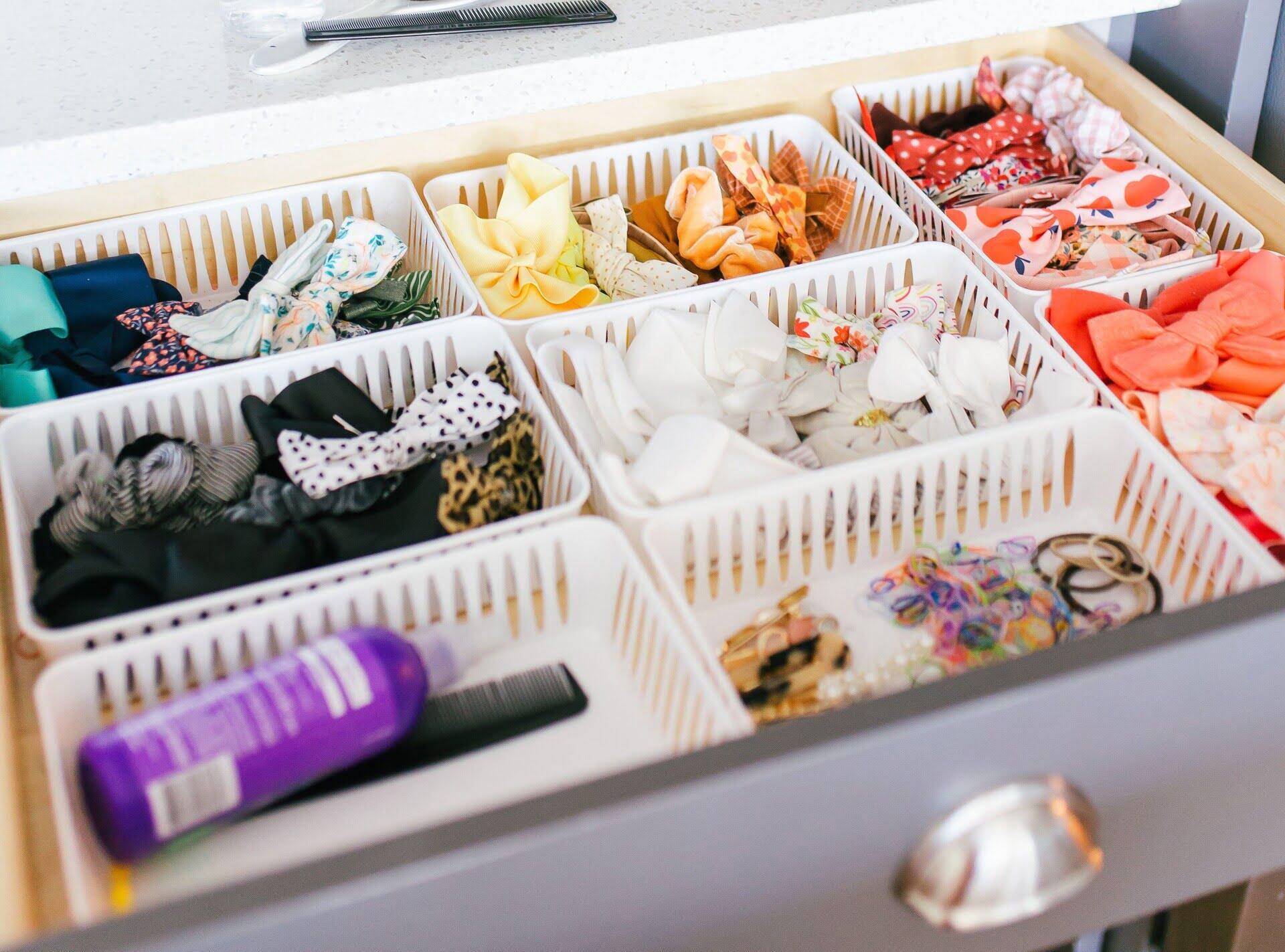
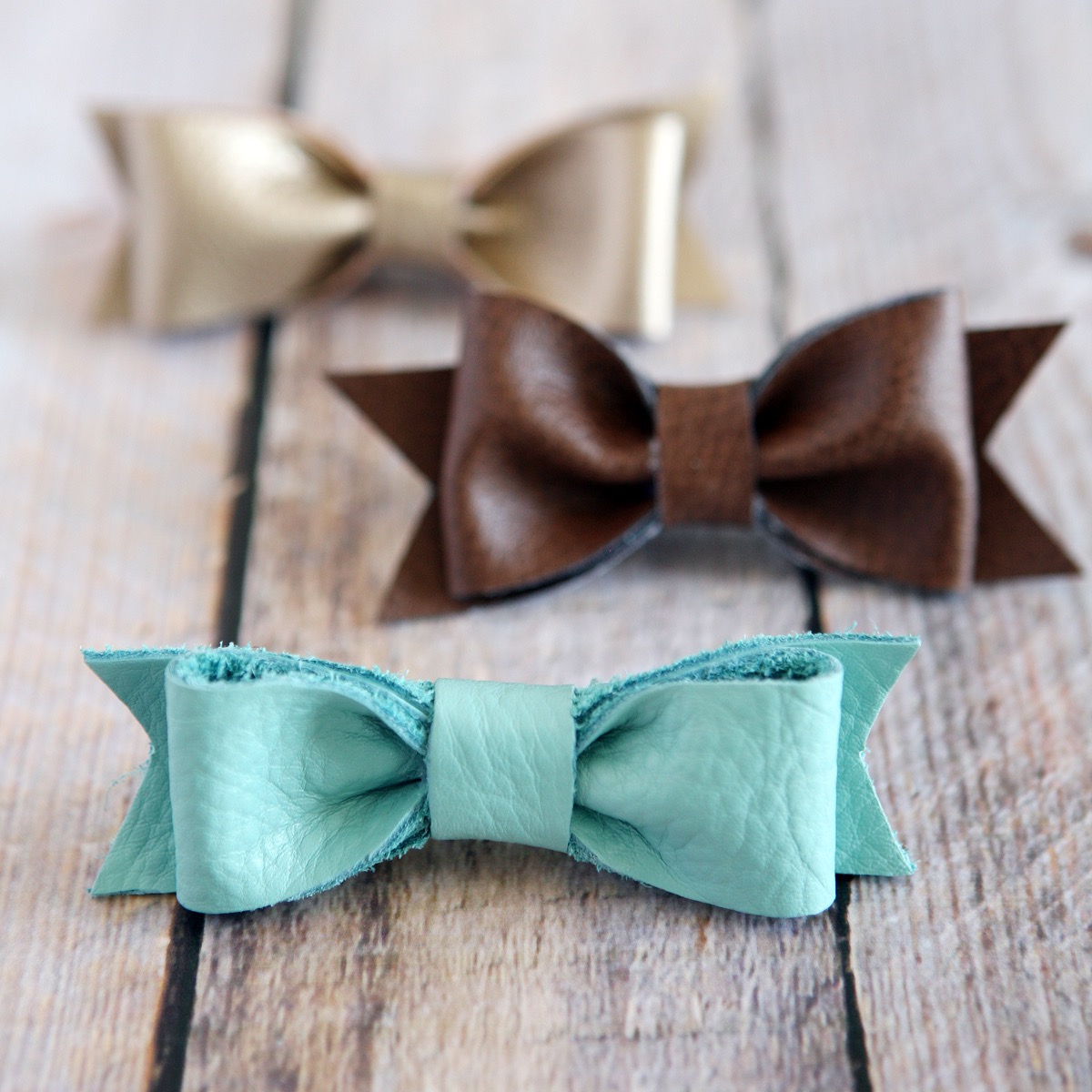
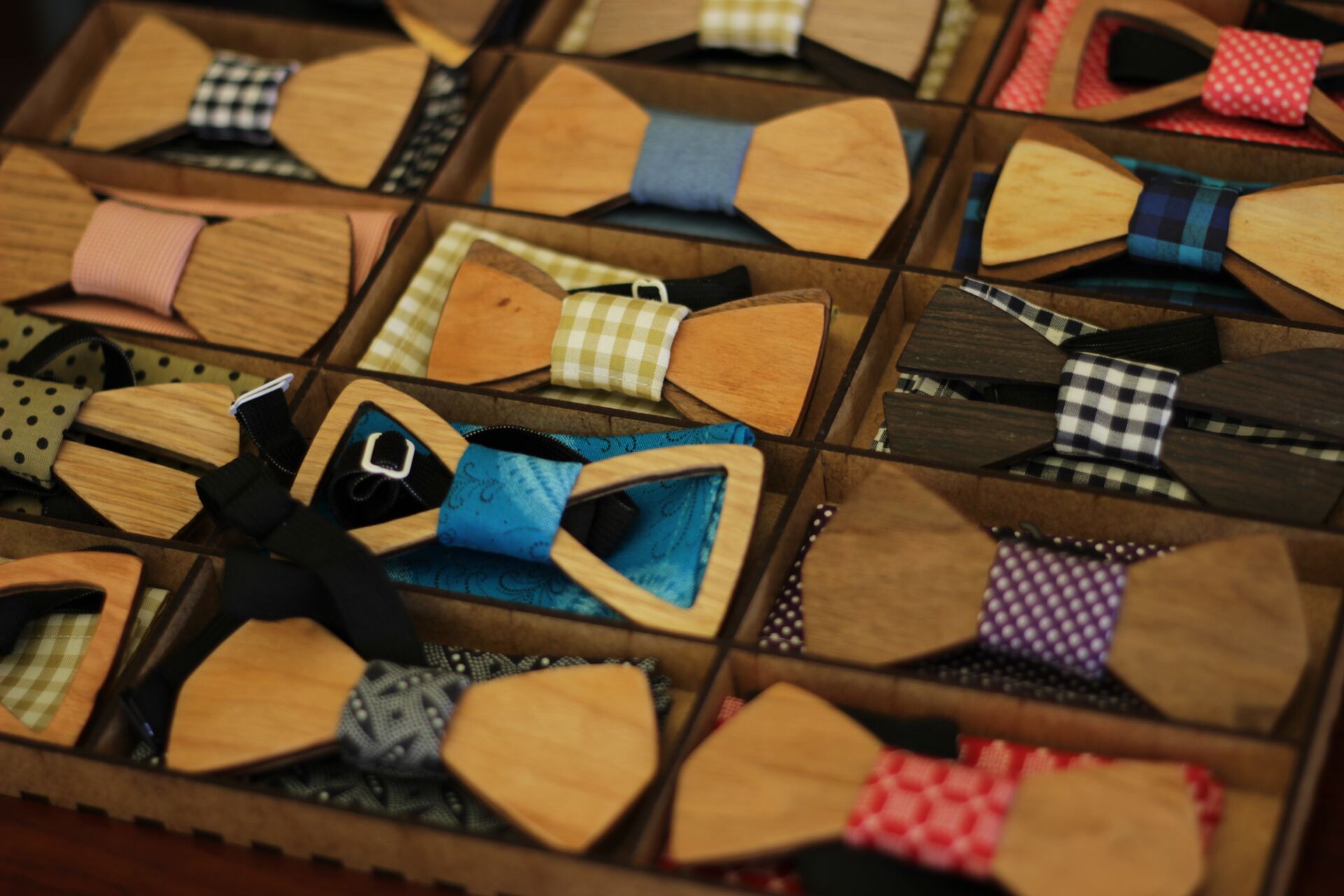
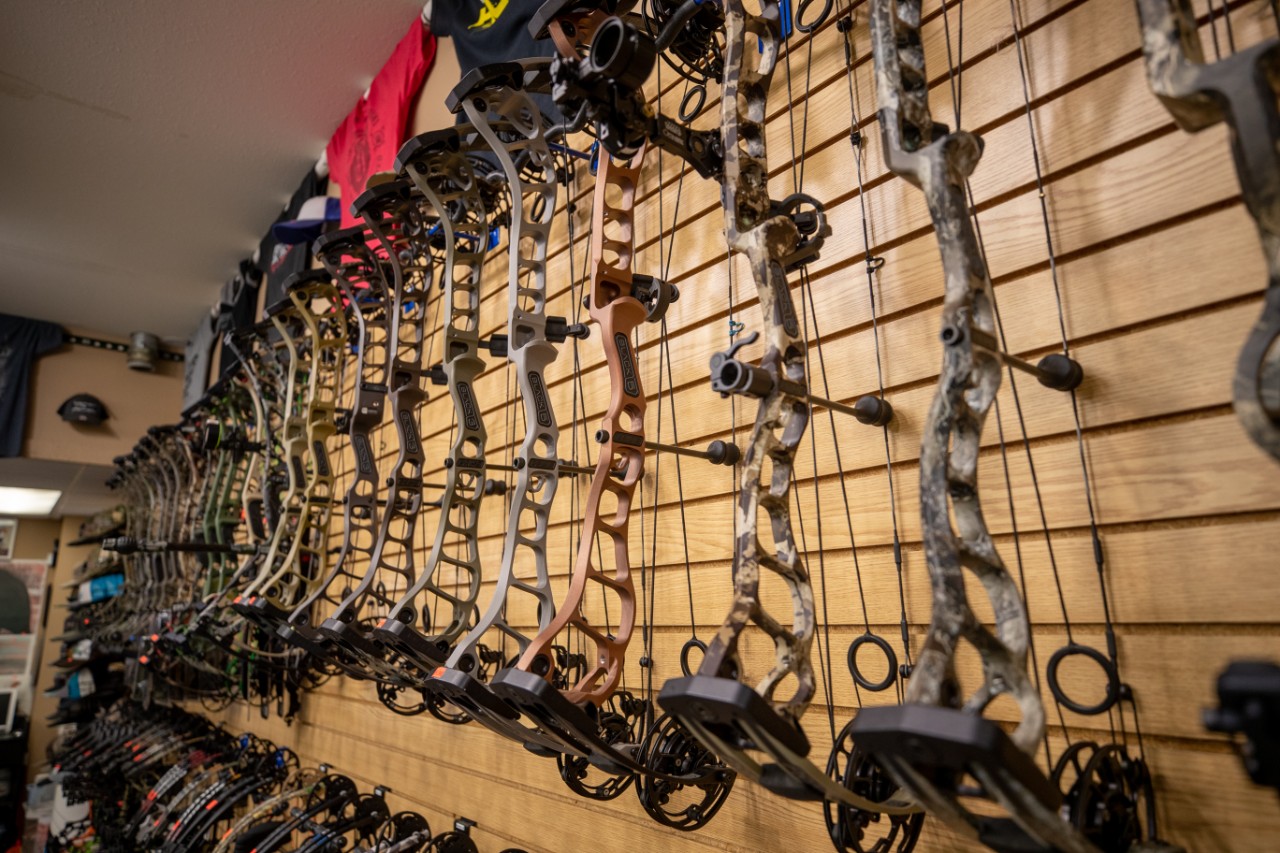
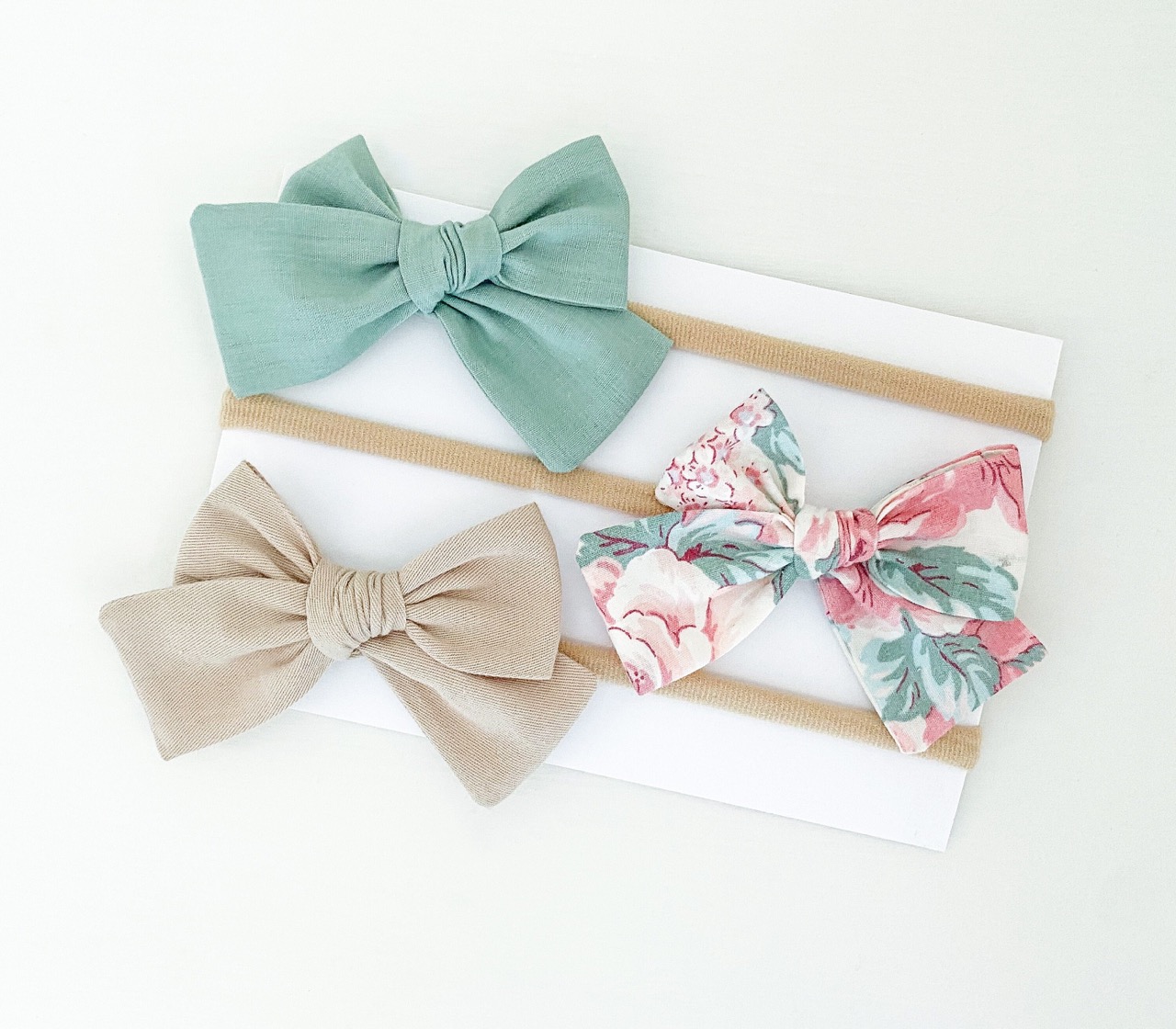

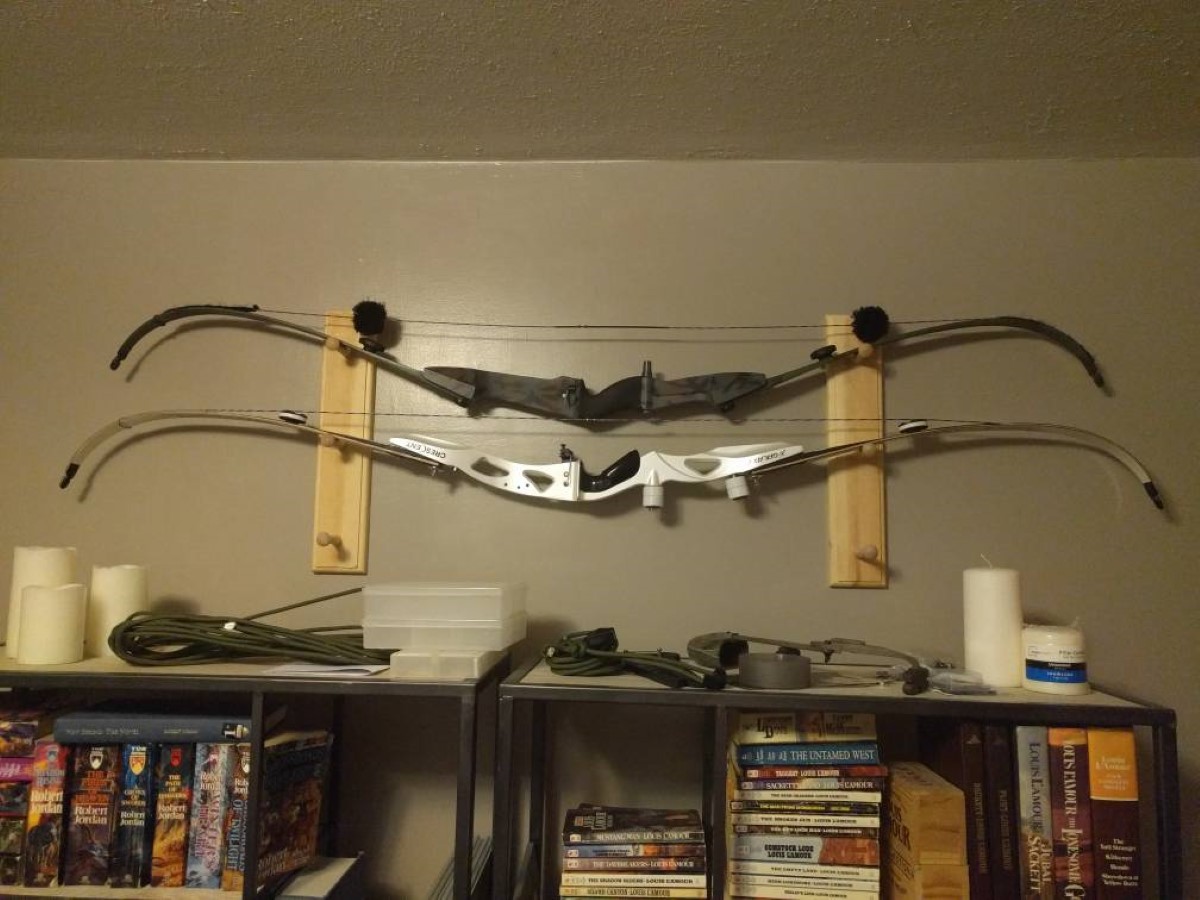
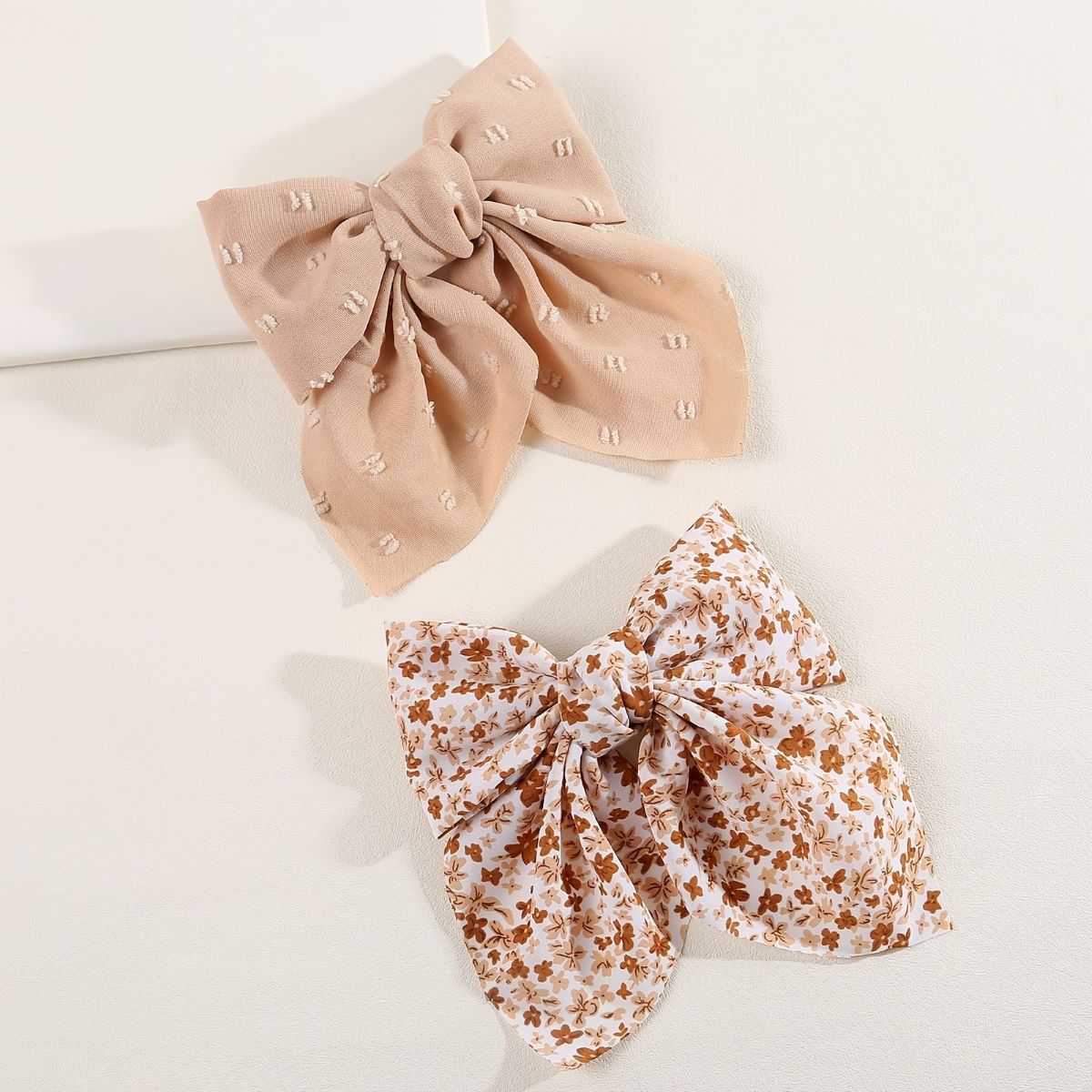
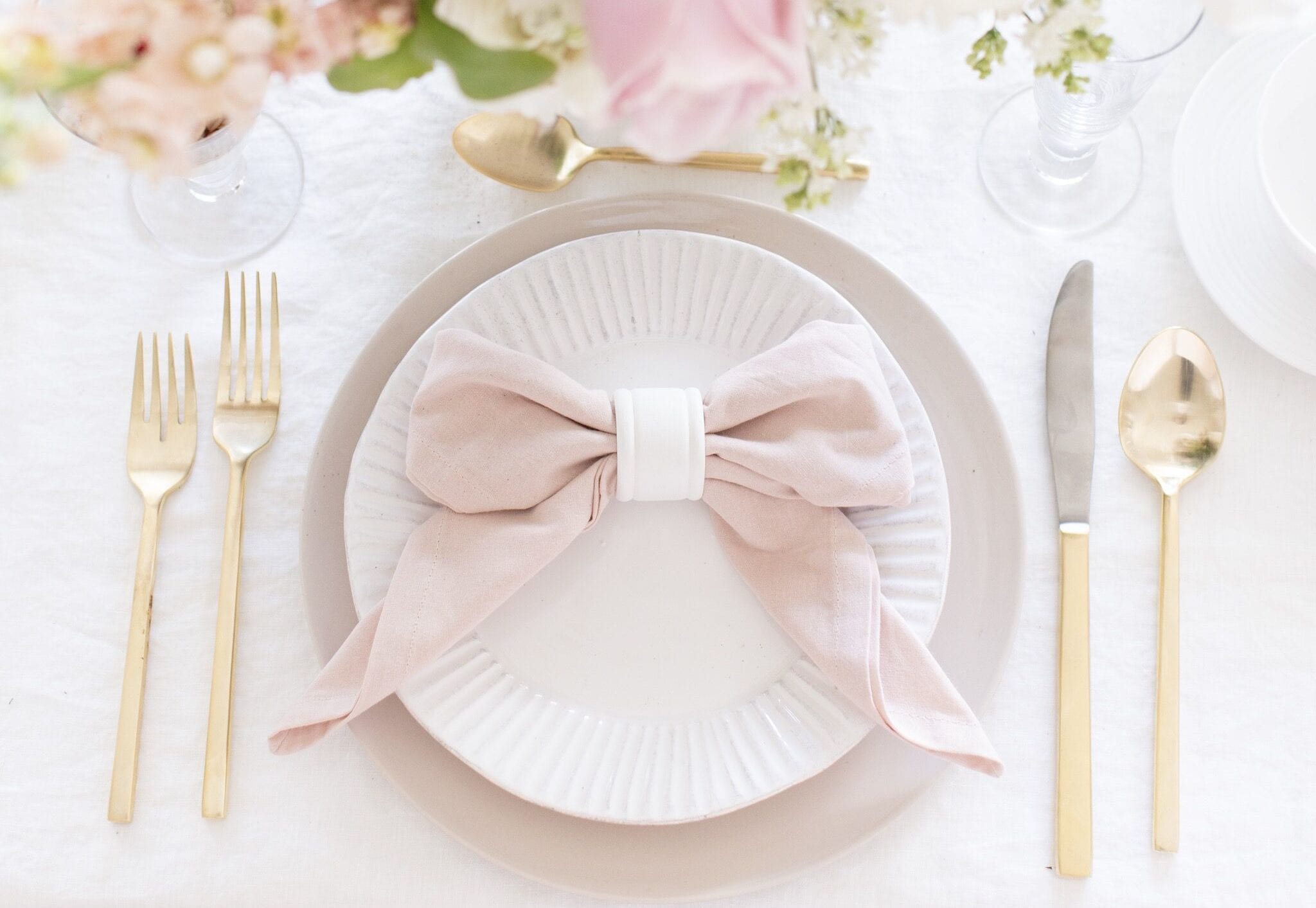
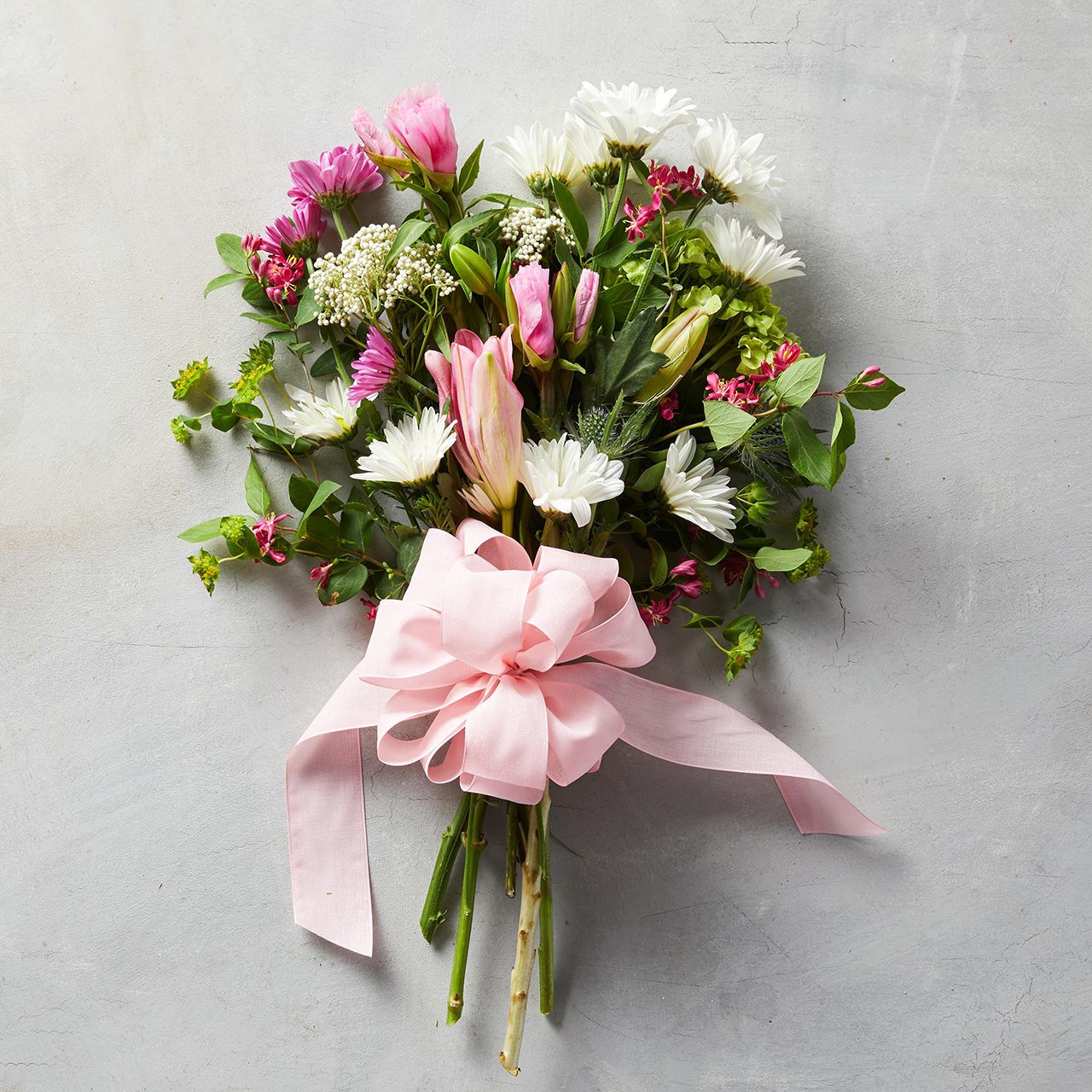
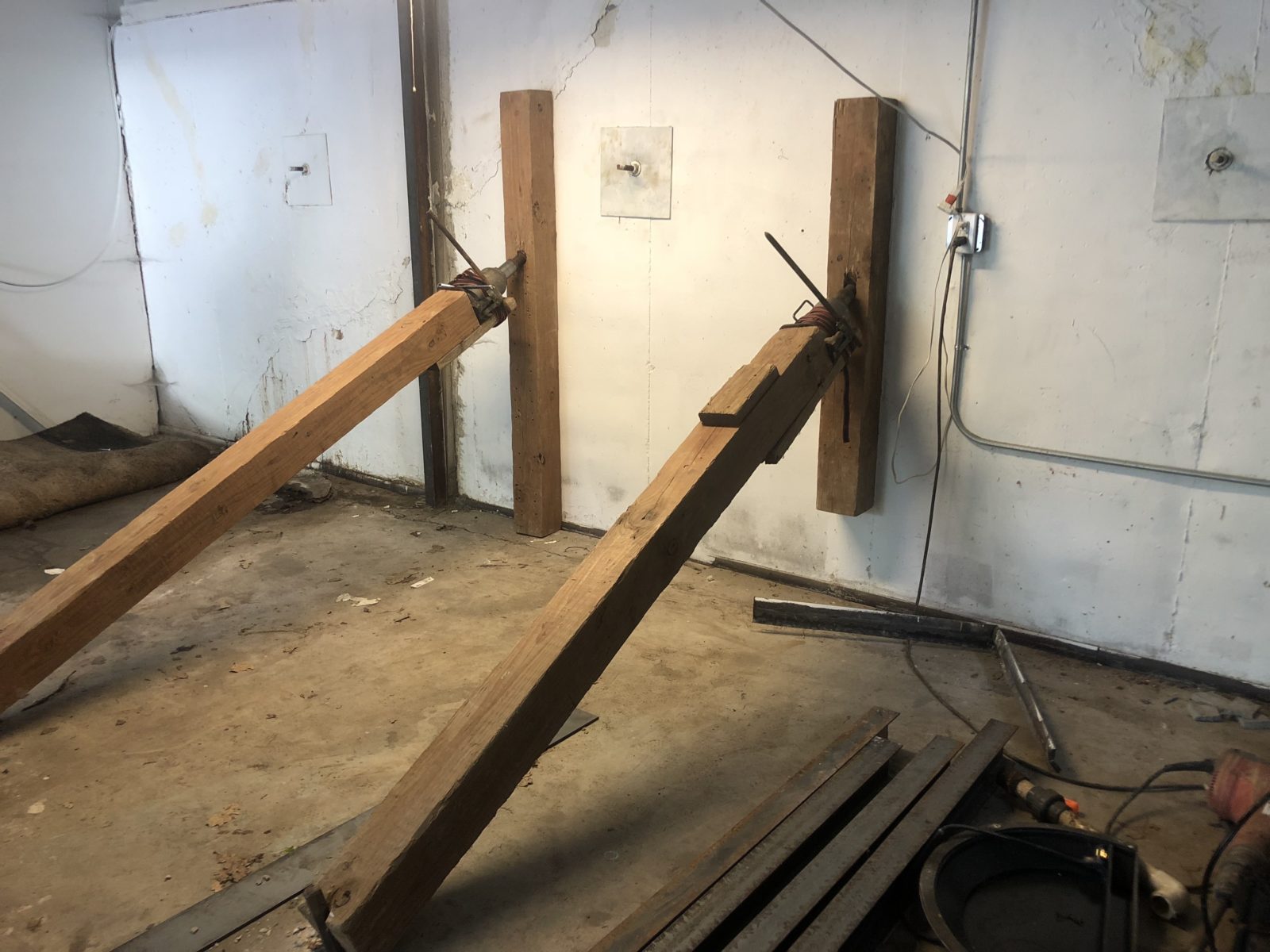
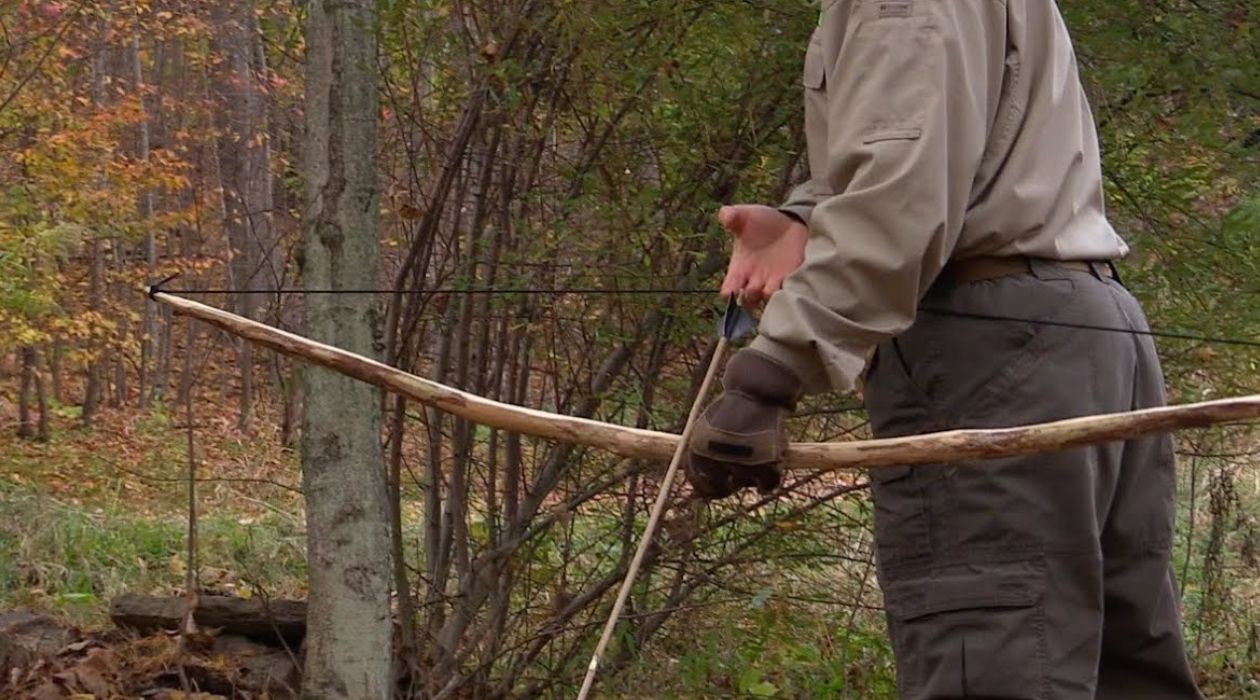
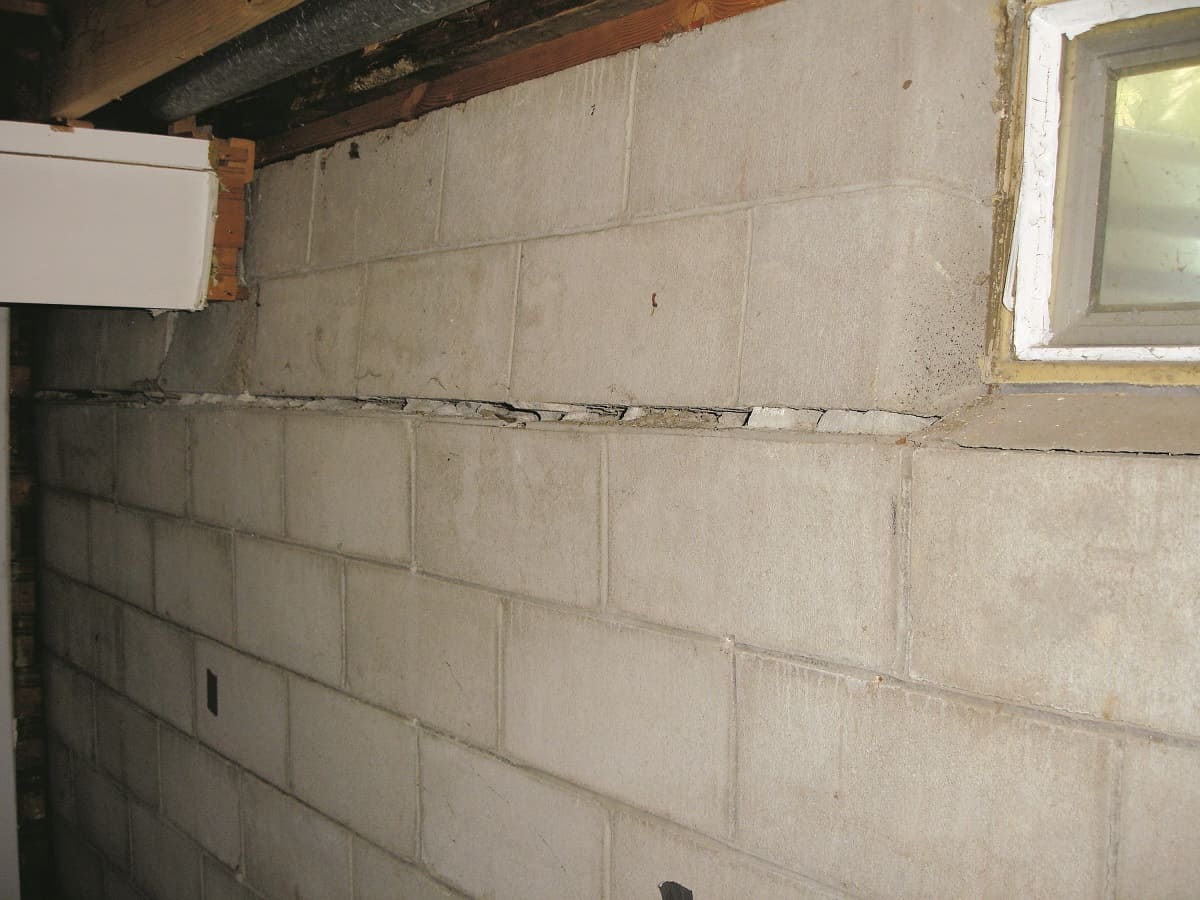

0 thoughts on “How To Store A Bow”